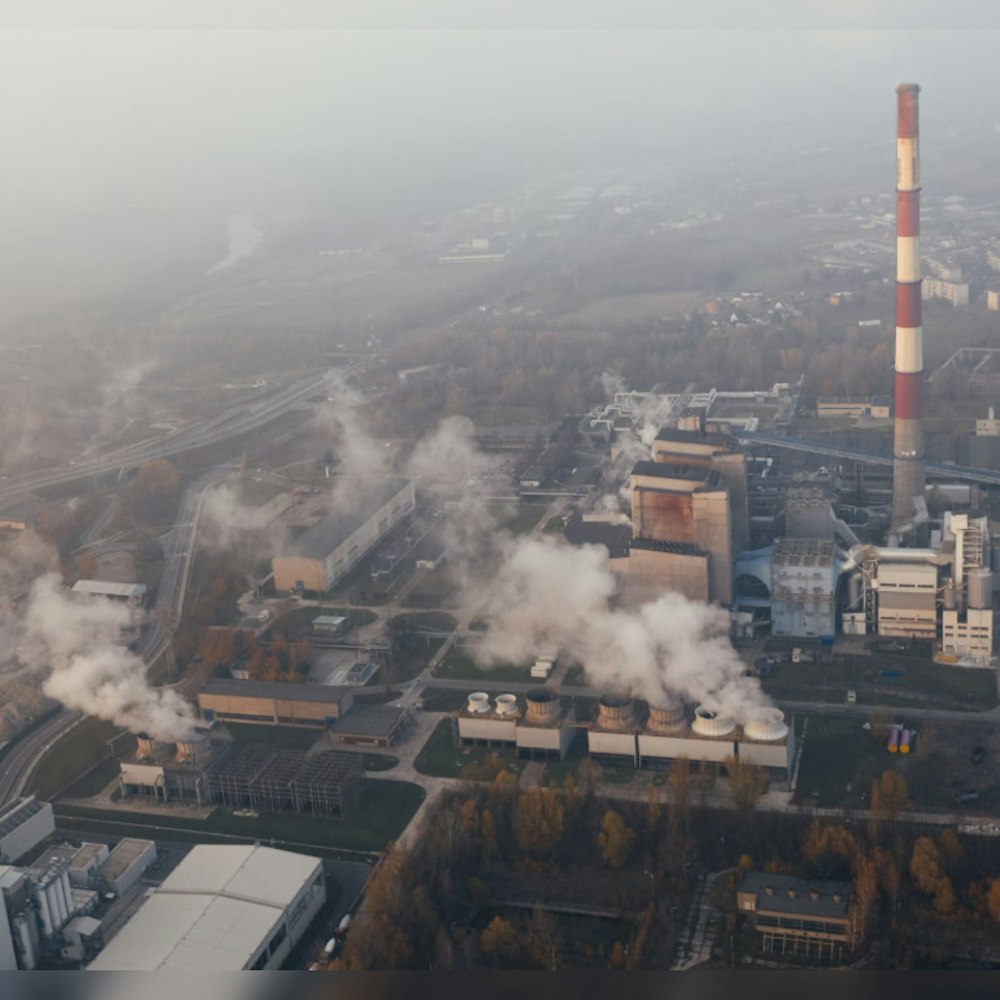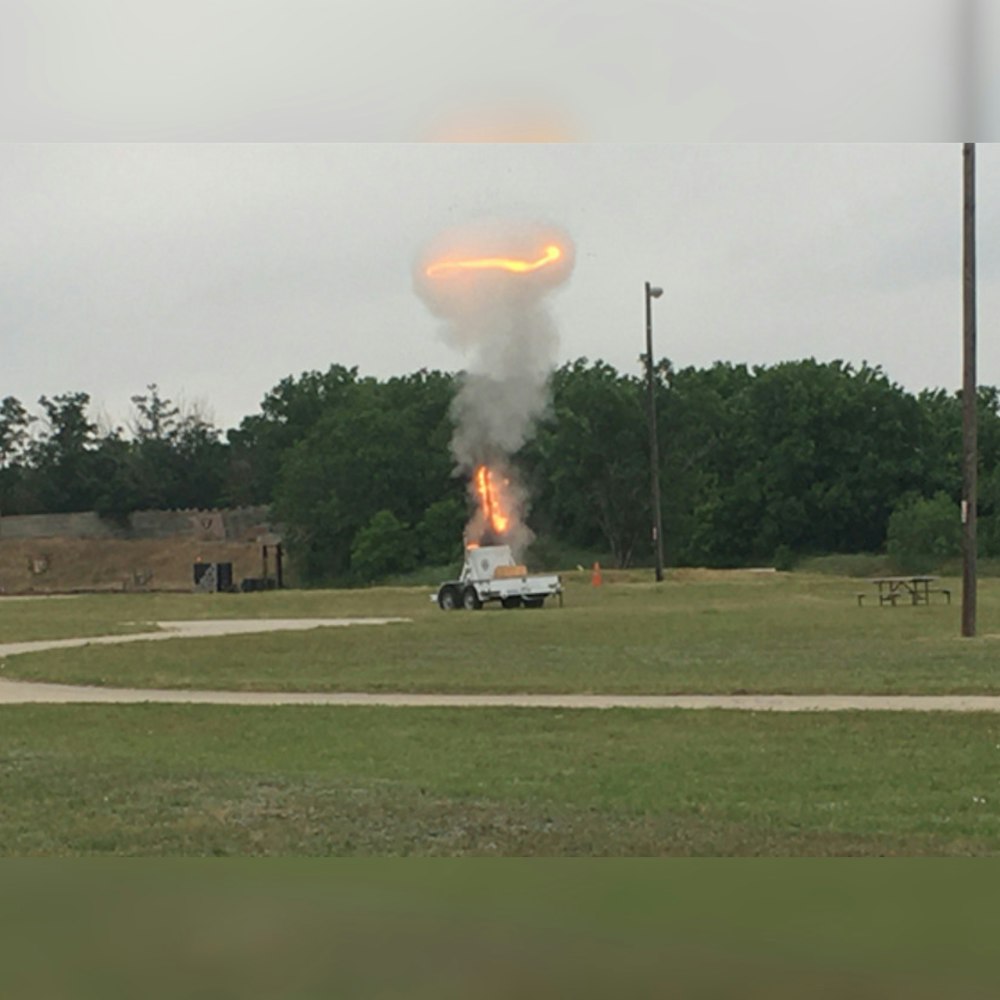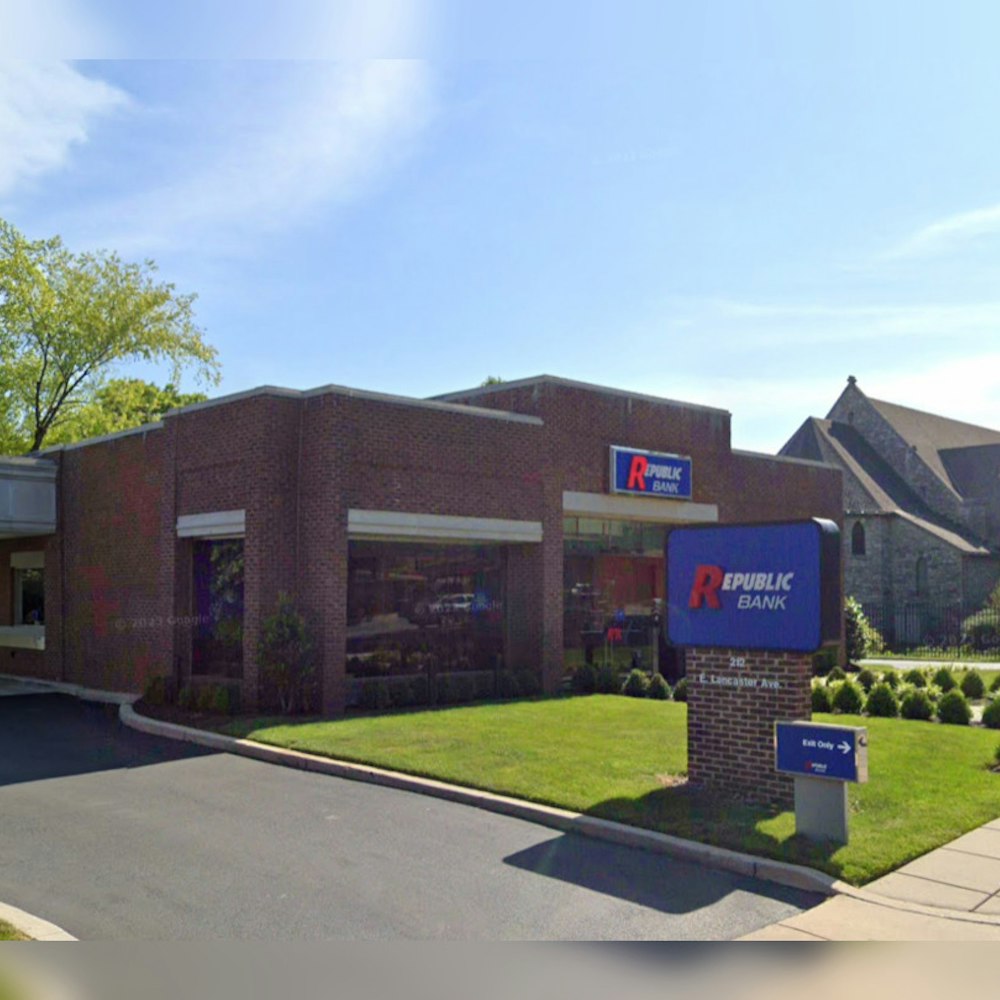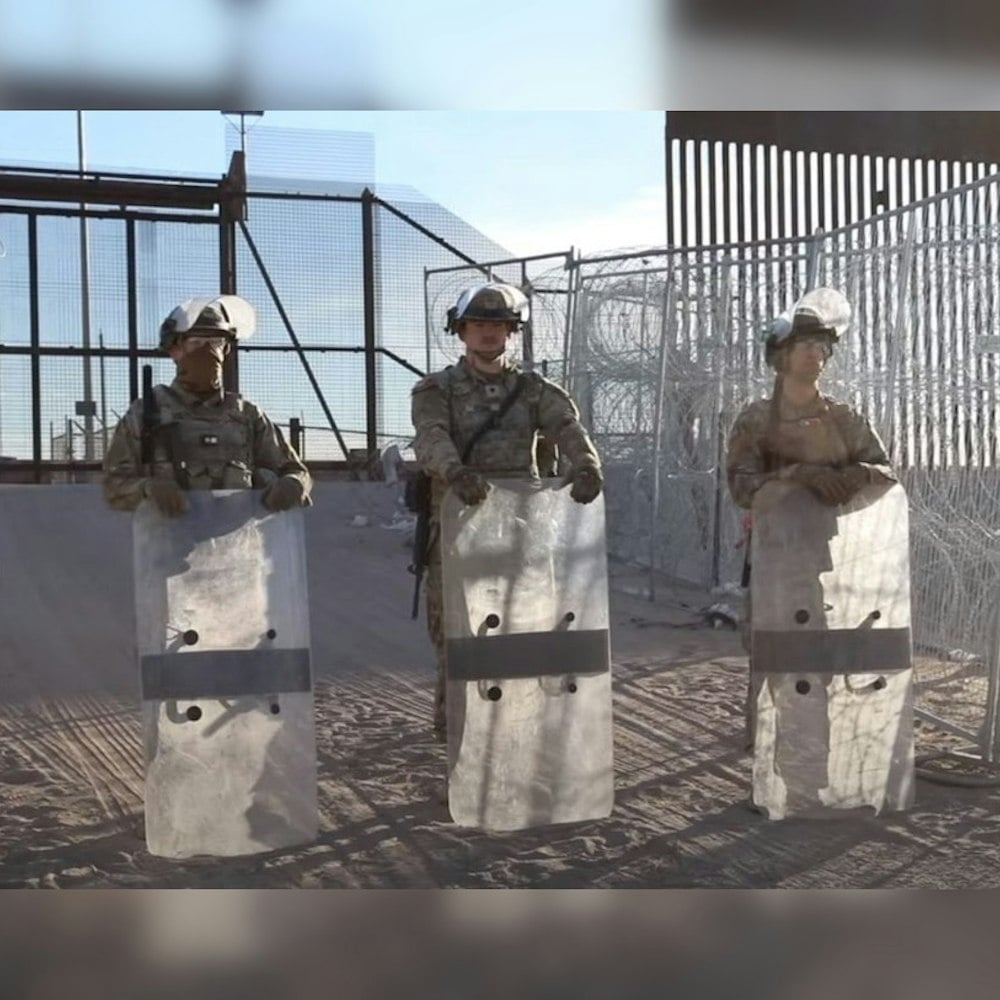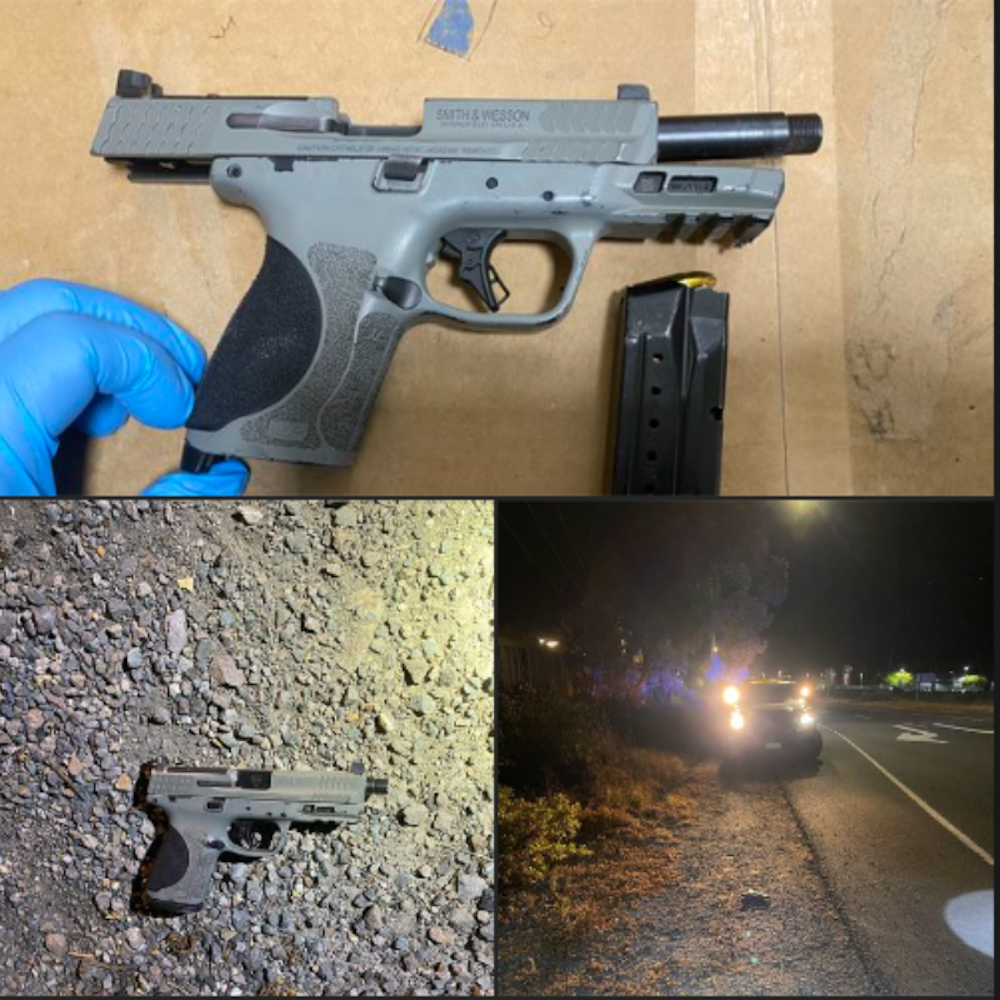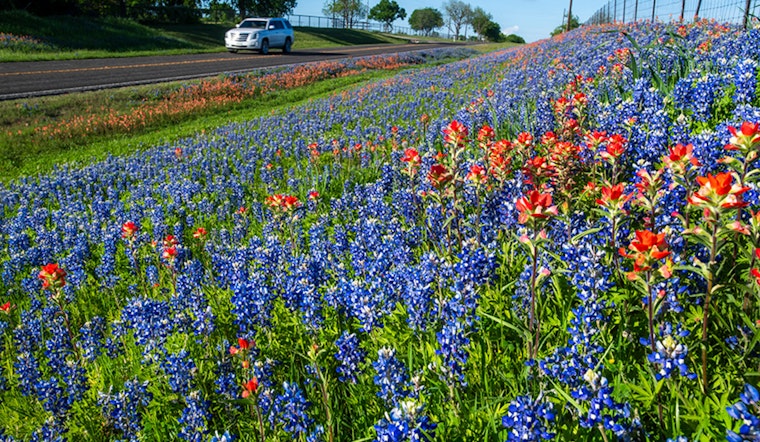
As Texans hit the road to catch a glimpse of the upcoming total solar eclipse on April 8, they're in for a treat – roadsides bursting with native wildflowers, a floral display carefully cultivated by the Texas Department of Transportation (TxDOT). With wildflower season in full swing, TxDOT's efforts since the 1930s have made the state's highways a vibrant showcase of local flora. According to TxDOT, blooming beauties like bluebonnets, Indian paintbrushes, and Mexican hats weren't left to chance.
Vegetation Specialist Travis Jez, interviewed by TxDOT, describes the wildflowers' grand showing as more than just springtime luck. "Our overall objective is to have a regenerative side of the road that takes care of itself and is able to maintain itself," Jez stated. Perennials by nature, flowers like the renowned bluebonnets do come back annually but require replanting in sparse areas and proper upkeep to ensure healthy, vibrant blooms each spring.
While beauty is a clear benefit, roadside flowers play a vital role for pollinators. Monarch butterflies, as well as over 900 butterfly, bee, bird, and creature species, depend on this floral bounty during migrations, TxDOT reports. To support these ecosystems, TxDOT employs a delayed mowing schedule, allowing wildflowers to grow strong before the cutting begins, which usually kicks off on June 1. This strategy also serves a fiscal purpose, shifting resources toward other projects in the interim.
When mowing eventually begins, it's not merely about trimming the grass. "It helps disperse seeds into the ground to sprout up the next season," TxDOT's Missy Lowe told the department. Furthermore, the process clears the soil of debris, aiding seed-to-soil contact for the next round of wildflowers. In areas in need of floral bolstering, TxDOT plants up to 30,000 pounds of seeds annually. Most seeds, including those for bluebonnets, are sown in the fall to germinate and grow throughout the winter months.
If viewers of the wildflowers or the solar eclipse venture onto the roadsides, TxDOT urges caution. Jez implored in a statement, "If you’re going to take the time to look at bluebonnets along the road, just be very, very careful. Be safe." Planted reminders, these wildflowers signal both the resilience and delicate balance of Texas' native habitats.
For Texans and visitors eager to immerse themselves in this colorful spectacle, now's the time to take a drive and experience the unique wildflower collections tailored to each region of Texas. Don't miss the chance to witness the wild beauty that, thanks to careful planning and conservation, is right at the Lone Star State's doorstep. For more details on the wildflower program, TxDOT directs interested individuals to their website.


